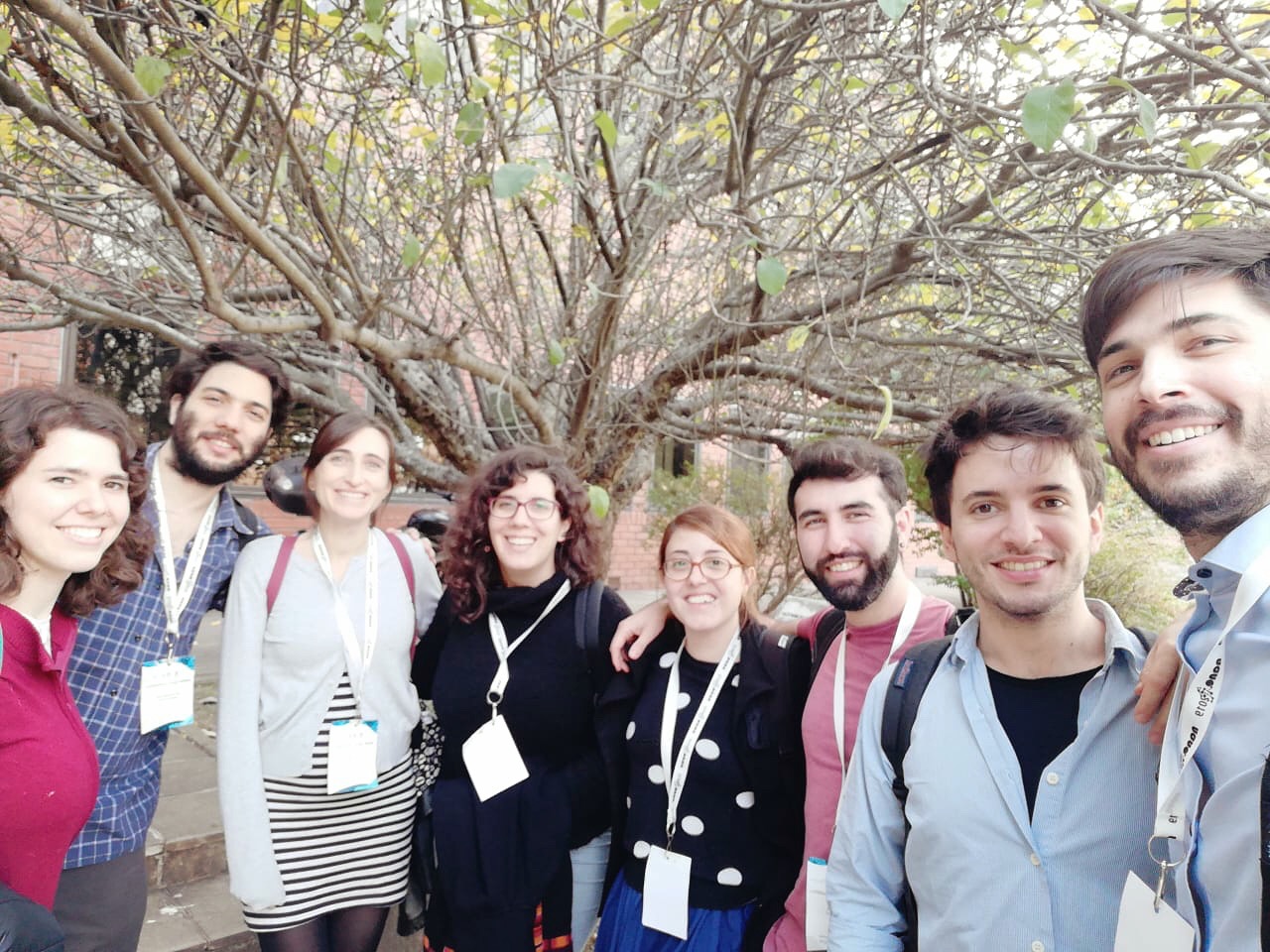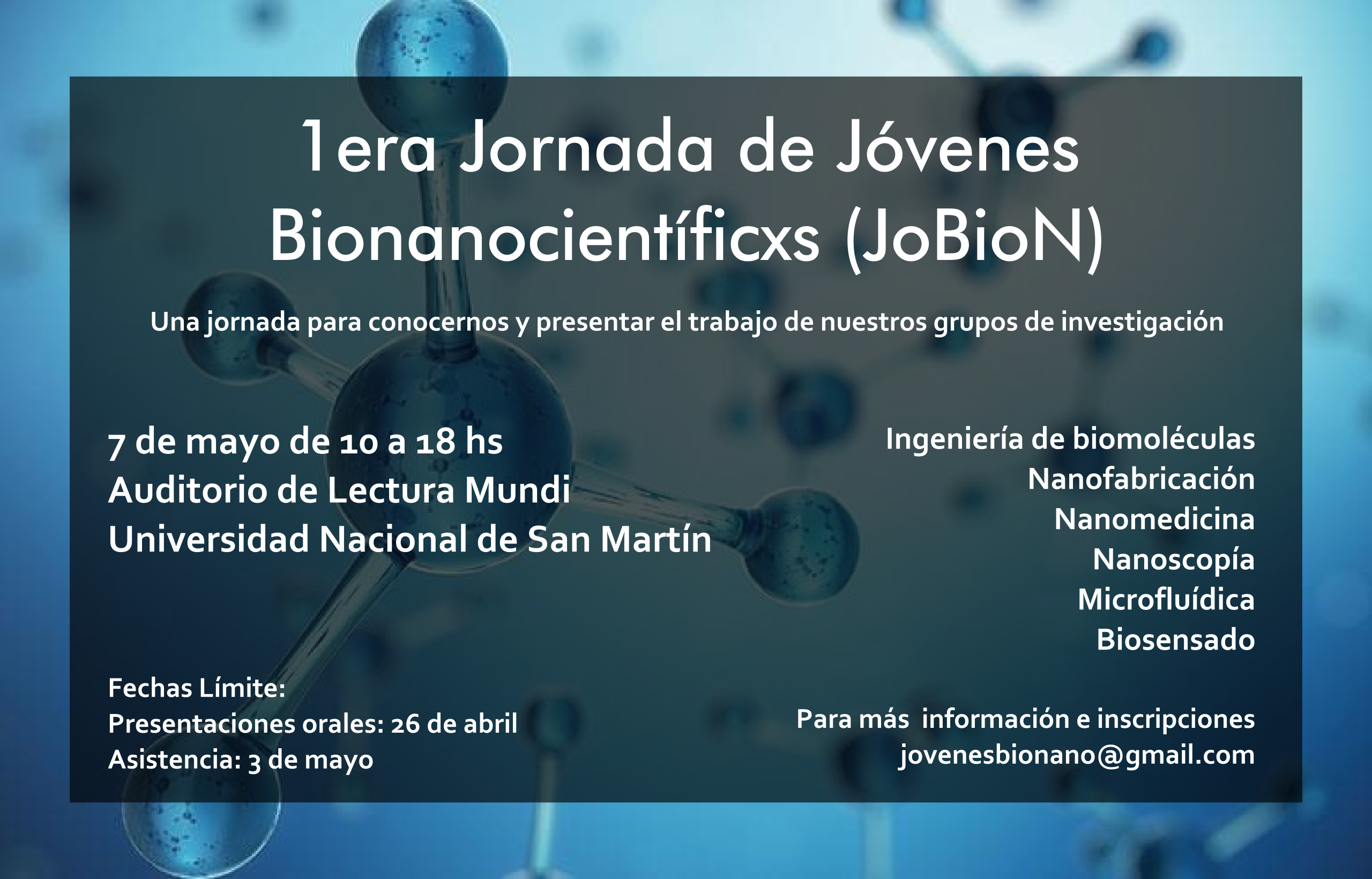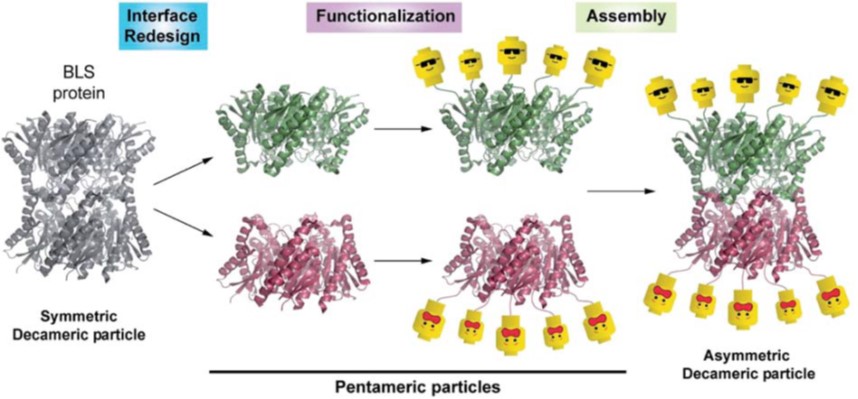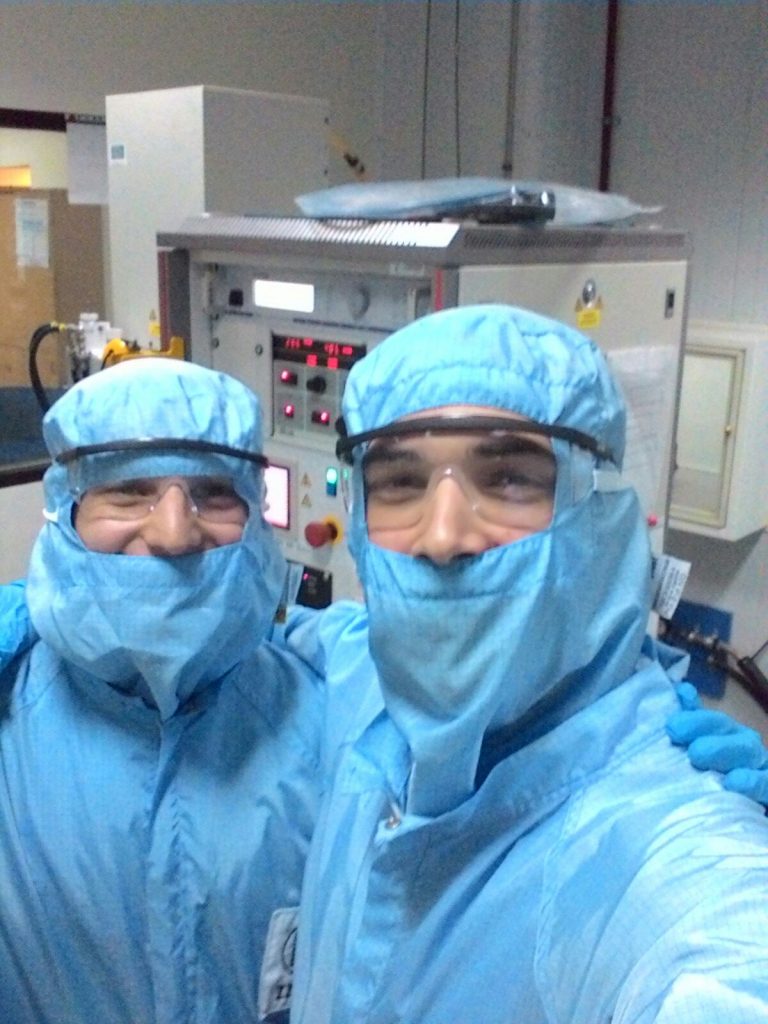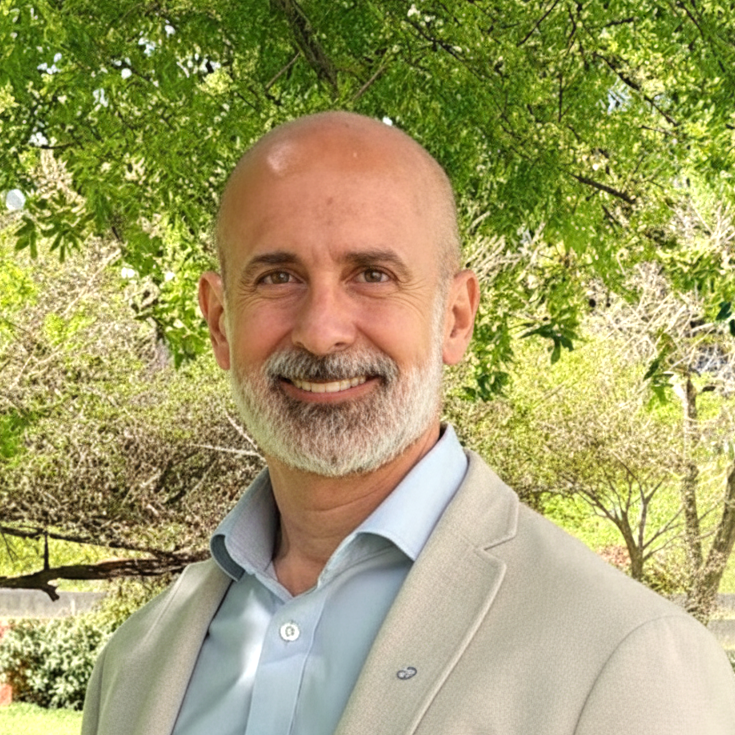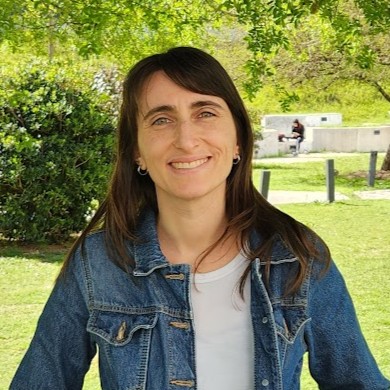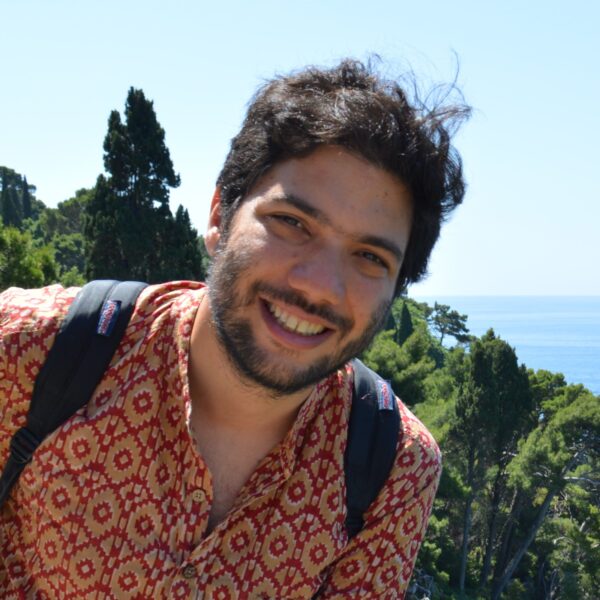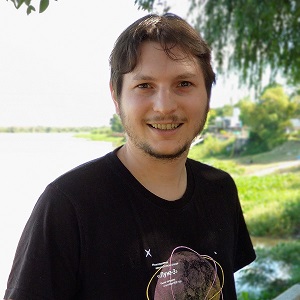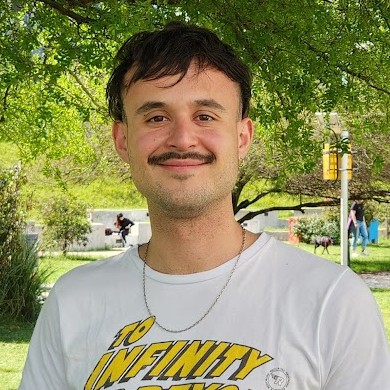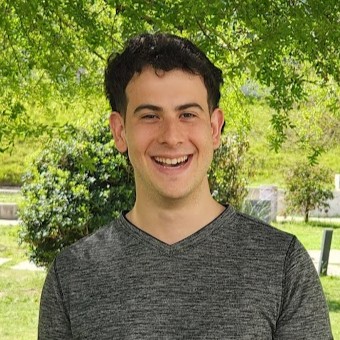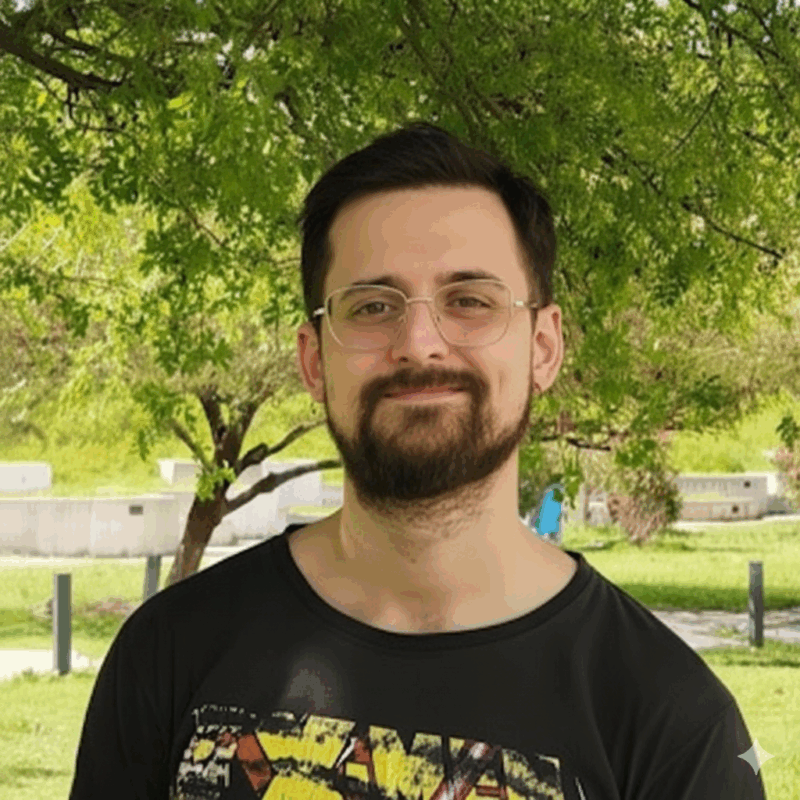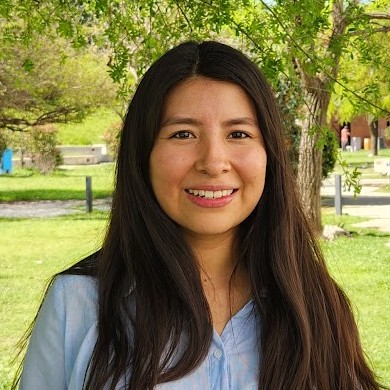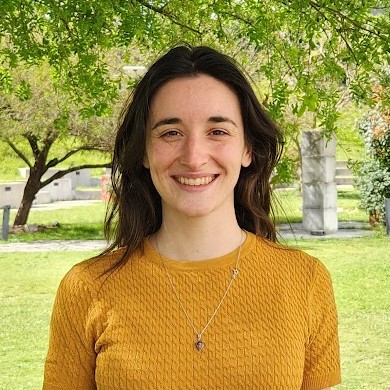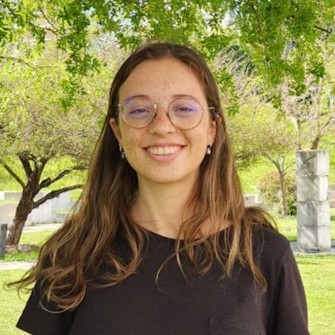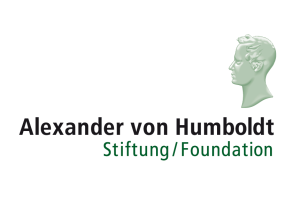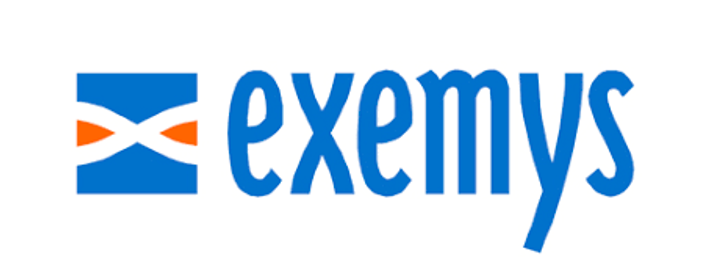Center for Bionanoscience Research (CIBION), National Scientific and Technical Research Council (CONICET)
Physics Department, Faculty of Exact and Natural Sciences, University of Buenos Aires (UBA)
Using optical methods, we explore the properties and technological applications of nanoparticles, single molecules, nanostructured materials, supramolecular assemblies, biological and hybrid nanosystems.
The Applied nanoPhysics Group was launched in October 2009 at the Physics Department, Faculty of Exact and Natural Sciences, of the University of Buenos Aires (UBA)
In 2012 we moved our labs to the Center for Bionanoscience Research (CIBION) of the National Scientific and Technical Research Council (CONICET), while Prof. Stefani still holds his position at the Physics Department of the University of Buenos Aires.
CURRENT RESEARCH ACTIVITIES
Fluorescence nanoscopy.
Super-resolution fluorescence microscopy, also known as fluorescence nanoscopy, has revolutionized biological imaging because they provide deep sub-wavelenght spatial resolution while keeping the low-invasiveness of far-field optical interrogation. We apply and optimize well-established methods like STED and STORM, and develop new ones, such as MINFLUX, and open-source software for fluorescence nanoscopy. With them, we address questions of cellular and neuronal biology.
Optical printing colloidal nanoparticles.
Colloidal chemistry enables the fabrication of nanoparticles of different shapes, sizes and material compositions, that exhibit unique physical and chemical properties, inexistent in bulk materials. In order to make use of those properties in devices and circuits, it is necessary to develope methods to bring the colloidal nanoparticles from the liquid phase to specific locations of solid substrates. We address this challenge using optical forces.
Self-assembled Nanophotonic Devices.
Semiconductor-based devices are approaching intrinsic limits of speed and heat dissipation.
Optical devices are faster and practically loss-less, but their size miniaturization is limited by the wavelength of light. Nanophotonics and Plasmonics deals with the manipulation of light at the nanoscale. We investigate light-matter interaction between single-photon emitters and metallic nanoparticles organized in nanodevices by self-assembly.
LATESTS NEWS
XIX Meeting on Surfaces and Nanostructured Materials
From 5 to 7 June 2019, our national NANO meeting, the XIX Meeting on Surfaces and Nanostructured Materials, was held in Buenos Aires. Since 2001, this event brings together representatives from the academic, scientific and productive sectors to discuss the state of the art, challenges and advances in different areas [...]
1st Meeting of Young Researchers in Bionanosciences
Students and young researchers from various disciplines working in the field of Bionanosciences gathered at the National University of San Martín (UNSAM) to share and discuss their projects, ideas, and perspectives. The meeting was organized by graduate and undergraduate students doing research at CIBION, the National University of San Martín [...]
Research stay of Dr. Florian Steiner from LMU
Dr. Florian Steiner, postdoc in Prof. Tinnefeld's group at Ludwig-Maximilians-Universität München, visited our lab during the last month to learn about our new pulsed-interleaved MINFLUX set-up. During his stay, Florian (on the right; are those sunglasses??) worked closely with Ph.D. candidate Luciano Masullo (on the left, with proper laser safety [...]
Congratulations Dr. Ponzio!
Today, Rodrigo Andrés Ponzio defended his doctoral thesis “Energy transfer in nanostructured organic materials” at the Physics Department of the Faculty of Exact and Natural Sciences, University of Buenos Aires, obtaining the highest honors. His thesis was carried out under the supervision of Dr. Fernando Stefani at CIBION and Dr. Rodrigo Palacios at the [...]
Size-Selective Optical Printing of Silicon Nanoparticles
Recently, silicon nanoparticles have raised interest in the plasmonics community they present size-dependent electric and magnetic resonances in the visible range. However, their widespread application has been limited (in comparison to metallic nanoparticles, for example) because their preparation on monodisperse colloids remains challenging. In our recent paper in ACS Photonics, [...]
Asymmetric bifunctional protein nanoparticles through redesign of self-assembly
We have been using DNA self-assembly for a while now. DNA-origami is a wonderful technique to build nanoscopic optical breadboards for our experiments. While DNA is highly versatile, it has the disadvantage of being fluffy... In fact, life uses proteins to build stuff, not DNA. So why not trying to [...]
Visiting Professor Marcelo Nollmann
We are glad to welcome Dr. Marcelo Nollmann from the Center for Structural Biochemistry in Montpellier (CNRS/INSERM) as visiting Professor at the Physics Department of the University of Buenos Aires During his stay, Dr. Nollmann will give a course for graduate and undergraduate students of the Faculty of Exacts [...]
Dr. Mariano Barella visits Imperial College London
As part of our collaboration with the group of Prof. Stefan Maier, Dr. Mariano Barella travelled to London for a research stay at Imperial College. During his stay, Mariano will discuss and perform kick-off experiments for a new project with Dr. Julian Gargiulo, an ex-member of our lab currently working [...]
COLLABORATORS
STEFAN HELL
Max-Planck-Institute for Biophysical Chemistry (Göttingen, Germany)
THOMAS JOVIN
Max-Planck-Institute for Biophysical Chemistry (Göttingen, Germany)
ALFREDO CÁCERES
Instituto Universitario de Ciencias Biomédidas de Córdoba (Córdoba, Argentina)
PHILIP TINNEFELD
Ludwig-Maximilians-University Munich (Germany)
GUILLERMO ACUNA
University of Fribourg (Switzerland)
ANDRÉS ZELCER
Centro de Investigaciones en Bionanociencias (Buenos Aires, Argentina)
ANDREA BRAGAS
University of Buenos Aires (Argentina)
DARÍO KRAPF
Instituto de Biología Molecular y Celular de Rosario (IBR – Santa Fe, Argentina)
SABRINA SIMONCELLI
University College London (UK)
DAMIAN REFOJO
Biomedicine Research Institute of Buenos Aires (Argentina)
RODRIGO PALACIOS
Universidad Nacional de Río Cuarto (Córdoba, Argentina)
OSCAR CAMPETELLA
Universidad Nacional de General San Martín (Buenos Aires, Argentina)

